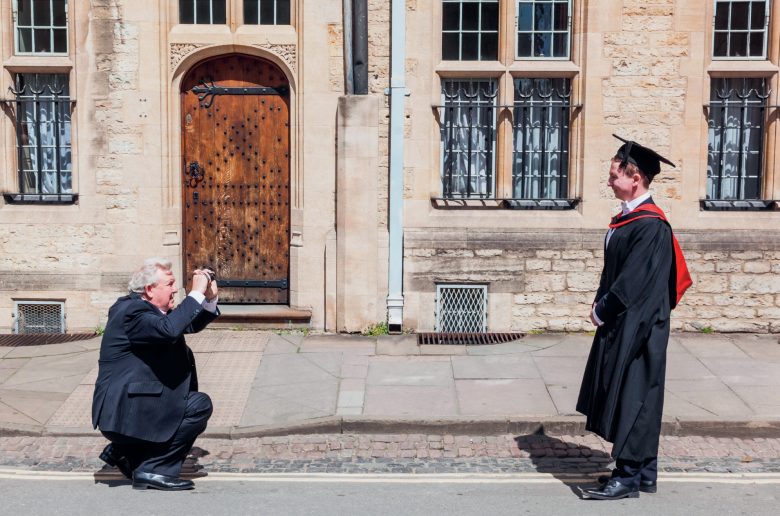
The British Social Attitudes (BSA) survey produced by the National Centre for Social Research is an annual survey that has been in operation for almost 40 years. Having longitudinal data on people’s attitudes on a range of social, cultural and economic issues is very important for framing policy, but it is also of great interest and use for sociologists. The latest (2021) survey was published in 2022 and, as always, it makes for fascinating reading. The BSA survey may not be perfect — few surveys are — but it can tell us something useful about how attitudes of the public change over time. We, as sociologists, just have to work out why. How the survey works and who is involved are vital questions for academic researchers. The sampling frame for potential respondents is the Postcode Address File (PAF). Letters are sent to a random sample of addresses asking up to two adult household members to complete the survey. Some 36,898 addresses were finally selected as eligible in 2021. Respondents could complete the survey online or in a telephone interview. Out of an estimated 69,737 adults who were eligible to respond, some 6,250 finally took part — a response rate of just 9%. So, this is quite a large sample, but is it a representative one?
Surveys undertaken like this one can, over time, reflect changing attitudes towards matters of national importance, such as taxation and public services. Figure 1, for example, shows that reducing taxes has never been especially popular, but between 2005 and 2015 raising taxes to pay for services became rather less popular. And then things began to change again. Why do you think that was?
Your organisation does not have access to this article.
Sign up today to give your students the edge they need to achieve their best grades with subject expertise
Subscribe




